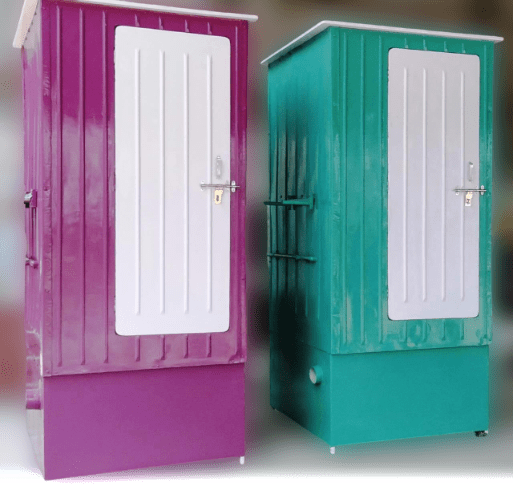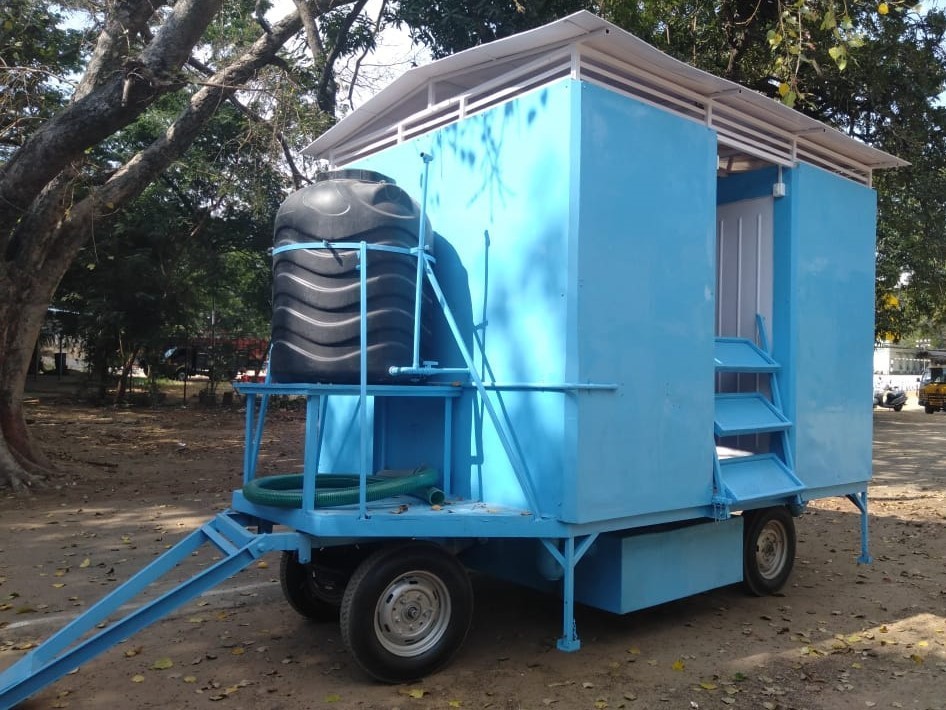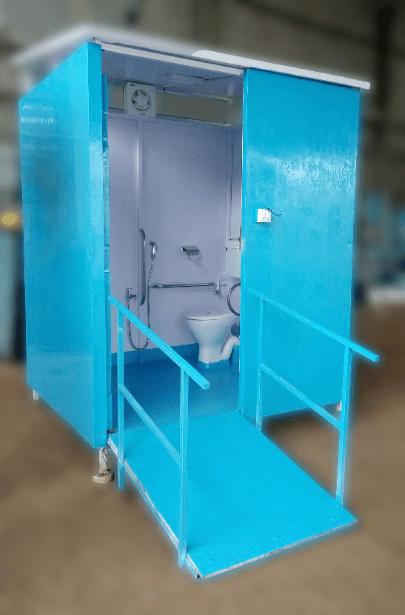Lorem ipsum dolor sit amet, consectetur adipiscing elit. Ut elit tellus, luctus nec ullamcorper mattis
Waste to Energy Projects are innovative initiatives that aim to convert waste materials into usable forms of energy. These projects play a crucial role in sustainable waste management and contribute to the reduction of greenhouse gas emissions.
In a Waste to Energy Project, various waste materials such as municipal solid waste, agricultural waste, industrial waste, and even sewage sludge are processed through different technologies to generate energy. The most common methods used in these projects include incineration, gasification, and anaerobic digestion.
Bio STPs, or Biological Sewage Treatment Plants, are advanced wastewater treatment systems that utilize biological processes to remove contaminants and pollutants from sewage and wastewater. These plants are designed to mimic and enhance the natural purification processes that occur in the environment, such as in rivers, lakes, and wetlands.
Bio STPs are widely used in urban and industrial settings to treat domestic, commercial, and industrial wastewater before it is discharged back into the environment or reused for various purposes like irrigation or industrial processes.
These plants play a vital role in protecting water resources, preventing pollution, and safeguarding public health by effectively treating wastewater before it re-enters natural water bodies or is reused in other applications.
A bio toilet is a type of toilet that uses natural processes to treat human waste and turn it into compost. Unlike traditional toilets that rely on water to flush waste away, bio toilets use a combination of aerobic and anaerobic bacteria to break down the waste into compost. The waste is stored in a tank or container, where it is treated with natural materials such as sawdust or peat moss to aid in the composting process.
The end result is a nutrient-rich compost that can be used as fertilizer for plants. Bio toilets are eco-friendly and sustainable, as they reduce water usage and prevent pollution of water sources.
Trolley toilets, also known as portable toilets or mobile restrooms, are self-contained sanitation facilities that are designed to be easily transported and provide temporary toilet facilities in various settings. These toilets are typically mounted on wheeled platforms, allowing them to be moved and placed in different locations as needed.
The main structure of the trolley toilet is a small cabin or compartment that houses the toilet facilities. It is designed to provide privacy and basic amenities for the user. Inside the cabin, there is a toilet fixture, which can vary in design but generally includes a toilet seat or bowl, along with a flushing mechanism. Some trolley toilets may use chemical toilets, where a sanitizing chemical is added to the waste to control odor and facilitate decomposition.
To promote hygiene, trolley toilets often include a sink or handwashing station with running water. In some cases, soap dispensers and hand dryers may also be provided.
A handicapped toilet, also known as an accessible or wheelchair-accessible toilet, is a specially designed restroom facility that provides enhanced accessibility and convenience for individuals with mobility challenges or disabilities. These toilets are specifically constructed to accommodate the unique needs of people with disabilities, allowing them to use the restroom independently and comfortably.
Handicapped toilets are designed with ample space to accommodate wheelchair users and individuals with mobility aids. The layout allows for easy maneuverability within the restroom, providing enough room for a person to enter, move around, and access the toilet fixture comfortably. Handrails or grab bars are strategically installed near the toilet to provide stability and support for individuals with limited mobility. These bars help users with balance, transferring from a wheelchair to the toilet seat, and standing up or sitting down.
These accessible restrooms are commonly found in public buildings, including airports, shopping centers, restaurants, hospitals, and government facilities. By providing these facilities, establishments aim to promote inclusivity, independence, and equal access to restroom facilities for all individuals, regardless of their physical abilities.
Where innovation meets sustainability in the world of housing. Our container houses offer a unique blend of modern design, eco-friendly living, and affordability. Explore a new way of living with our stylish and functional container homes.
Why Choose Container Living?
Sustainability: Embrace an environmentally conscious lifestyle by choosing container homes. Upcycling shipping containers reduces waste and minimizes the environmental impact of traditional construction materials.
Affordability: Container houses provide a cost-effective solution for homeowners seeking quality living spaces without breaking the bank. Our homes offer an excellent return on investment, making them a smart choice for budget-conscious individuals.
Modularity: Customize your living space with the flexibility that container homes provide. Easily expand or modify your home to suit your evolving needs. The modular design allows for endless possibilities, ensuring your space grows with you.
Security Cabin
Ensuring the safety and security of your premises is of utmost importance. One way to enhance security measures is by installing a security cabin. These cabins provide a physical barrier and serve as a deterrent to unauthorized access.
When it comes to the installation of a security cabin, several factors need to be considered. Firstly, the location of the cabin should be strategically placed to provide maximum visibility and coverage of the premises. Additionally, the construction of the cabin should be sturdy and durable to withstand external threats.
Furthermore, equipping the security cabin with necessary tools and equipment such as communication devices, surveillance cameras, and alarm systems can further enhance security measures. Regular maintenance and monitoring of the cabin are also crucial to ensure its effectiveness.
In conclusion, investing in the installation of a security cabin is a proactive step towards ensuring the safety and security of your premises. By carefully considering the location, construction, and equipment of the cabin, you can create a robust security system that protects your property and personnel.







